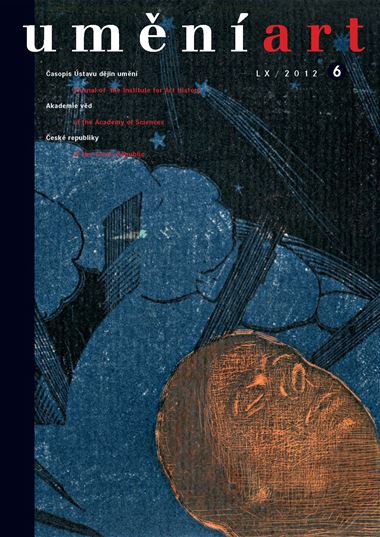Marie Rakušanová
Josef Váchal. Podvratník, technolog a magik o umění
This study is devoted to the reflections on art, artists, and artistic activities written by the all-round creative individual Josef Váchal (1884–1969). His writings on art are scattered in various private manuscripts, or in publications that art historians and collectors in his day viewed as curiosities, not intended for reading. As a result, Váchal’s thoughts never formed part of the expert debates of his era and their unique content, remarkable even in an international context, remained unknown even to subsequent generations. Váchal’s perspective of current events in the art scene always had something of a subversive element to it. Caricature and parody became the ideal media for translating Váchal’s subversive opinions. In his views on the technical side of art work Váchal emphasised the quality and skill of the craftsmanship. In his theory of art education, Váchal, influenced by Rudolf Steiner, stated that salon art is mainly the result of inability to overcome the degenerate ideas of the old order passed on through traditional art training. However, his theories about the non-derivative origins of true art also throw light on his ambivalent relationship to modern art, which he was annoyed by when it ended up diluting the authenticity of the artistic viewpoint. But Váchal nonetheless incorporated forms of modern art into his magic theory of art, parallels to which can be found in the theories of Vasilij Kandinski, G. F. Hartlaub, and Johannes Molzahn. Váchal conceived modern art forms as magic stenograms, resembling in a way the exorcist function of morphology among some Cubists and Futurists. Váchal, however, regarded the modernist register of forms as a potential instrument of black magic. That is why he underlined how essential it is for the artist-sorcerer to be highly knowledgeable. The interest of early avant-gardists in theurgy was evidently linked to attempts to rail against the loss of the image’s magic functions. The avant-garde of the 1920s, however, made elimination of magic from the image a part of its own strategies. Váchal’s theory of art must have come across at that time as anachronistic, but subsequent development showed that the effort to preserve the magic of the image recurs in international art repeatedly and against the backdrop of these trends Váchal’s insistence on original standpoints stands out as a remarkable constant.
Full-text in the Digital Library of the Czech Academy of Sciences:
https://kramerius.lib.cas.cz/uuid/uuid:a22a9767-6ce9-fa3e-cc70-36febfed39e9
< back

